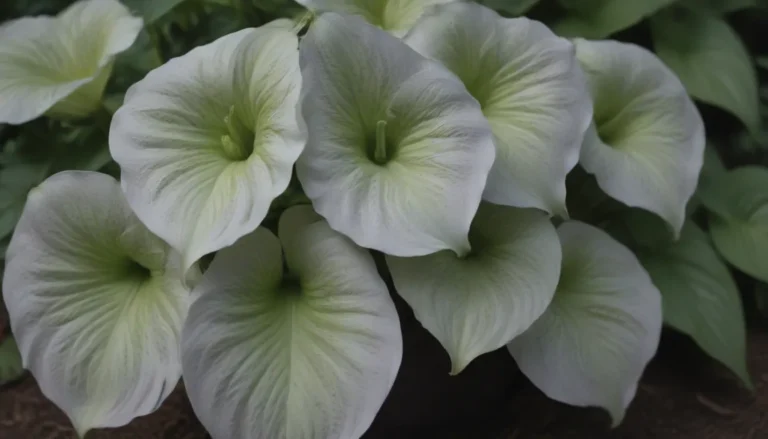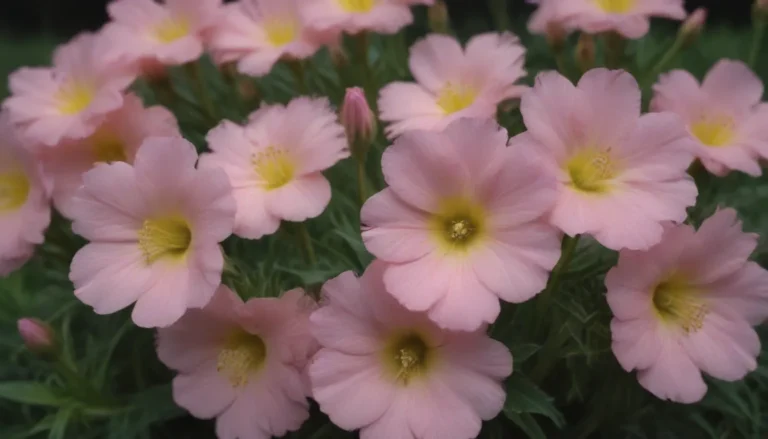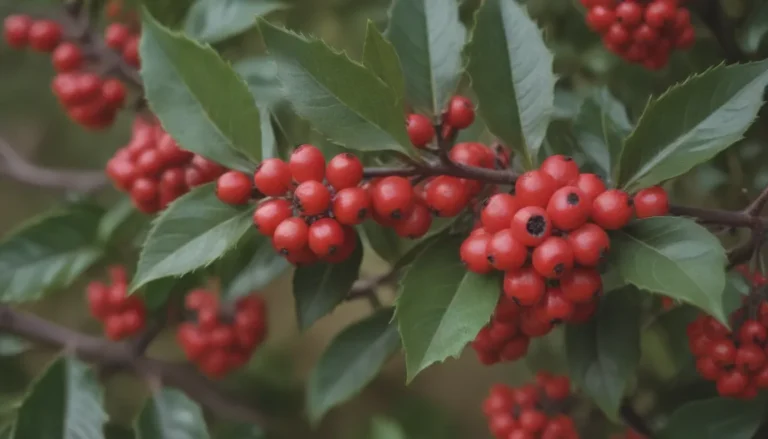Comprehensive Guide to Growing and Caring for Boxwood (Box) Shrubs

Are you looking to add some charm and elegance to your garden or landscape? Boxwood shrubs might just be the perfect addition! With about 70 species to choose from, these slow-growing evergreens are known for their small, rounded, and leathery leaves. Whether you’re a seasoned gardener or just starting out, learning how to grow and care for boxwood shrubs can be a rewarding experience.
Boxwood Basics
Before we dive into the nitty-gritty details of caring for boxwood shrubs, let’s start with some basics. The Buxus genus includes popular species like B. sempervirens (common box) and B. microphylla (Japanese box). While boxwoods can grow into large shrubs or small trees, modern landscaping often features dwarf varieties like B. sempervirens ‘Suffruticosa’ and Korean boxwood (Buxus sinica var. insularis).
One important thing to note is that boxwood is toxic to dogs, cats, and horses. So if you have pets, be sure to keep them away from these plants.
Boxwood Shrub Care Tips
To ensure your boxwood shrubs thrive, it’s essential to provide them with the right care and conditions. Here are some tips to help you keep your boxwoods healthy and happy:
– Soil: Plant boxwoods in loamy soil that is well-drained. They prefer a soil pH in the range of 6.8 to 7.5.
– Water: Water newly planted boxwoods deeply once a week for the first two years. Mature plants can be watered every 2 to 4 weeks.
– Light: Boxwoods can tolerate full sun to partial shade, but they prefer dappled shade in the afternoon.
– Temperature and Humidity: Boxwoods thrive in zones 6 to 8 and may need extra water and shade during hot summer weather.
Remember, proper care and maintenance are key to the health of your boxwood shrubs. Regular pruning, fertilization, and monitoring for pests and diseases are all part of keeping these plants looking their best.
Types of Boxwood Shrubs
When it comes to choosing the right boxwood for your landscape, there are several options to consider. Some popular varieties include:
– Buxus sempervirens ‘Suffruticosa’
– Buxus microphylla var. japonica ‘Winter Gem’
– Buxus sempervirens ‘Arborescens’
Each variety has its own unique characteristics, so be sure to select one that suits your specific landscaping needs.
Pruning and Propagating Boxwood Shrubs
Pruning boxwood shrubs is essential for maintaining their shape and health. While boxwoods are known for their tolerance to hard pruning, regular maintenance is key to keeping them looking neat and tidy. Occasional pruning to remove dead or twisted branches is usually all that’s needed.
If you’re interested in propagating boxwood shrubs, stem cuttings taken in midsummer are a reliable method. With some patience and care, you can expand your boxwood collection and enjoy more of these charming plants in your garden.
Growing Boxwood Shrubs from Seed
For those who enjoy starting plants from seed, growing boxwood shrubs from seed can be a rewarding experience. While it takes time and patience, the process is relatively straightforward. Here’s a quick guide to get you started:
1. Start with 2-inch pots filled with organic potting soil.
2. Place seeds in wet paper towels in the refrigerator for one month.
3. After the cold stratification period, move the seeds to a warm location for germination.
4. Plant sprouted seeds in pots, cover with plastic wrap, and keep the soil moist.
5. Once seedlings emerge, care for them until they are ready to be transplanted outdoors.
Potting and Overwintering Boxwood Shrubs
If you prefer to grow boxwoods in containers, choosing the right pot size and providing proper care are essential. Be sure to select a container that allows for adequate root growth and drainage. When overwintering boxwood shrubs, protect them from winter damage in colder climates by using burlap coverings or similar protection.
Common Pests and Diseases
Like any plant, boxwood shrubs are susceptible to pests and diseases. Common issues include leafminer, boxwood mite, and boxwood psyllid. Regular monitoring and treatment with horticultural oils can help manage these pests. Additionally, watch out for fungal blights, leaf spot, and root rot, especially in poorly drained soils.
Historic Significance and Unique Facts
Did you know that common boxwood has a long history of use in various crafts and decorations? From carving ornaments to making musical instruments, boxwood has been a versatile material for centuries. Despite their lack of prominent flowers, boxwood shrubs have a unique charm that many gardeners appreciate. Whether you’re a novice gardener or a seasoned pro, there’s always something new to discover about these fascinating plants.
In conclusion, growing and caring for boxwood shrubs can be a rewarding experience for any gardener. By providing the right conditions, proper care, and attention to detail, you can enjoy the beauty and elegance of these versatile plants in your own garden or landscape. So why not add some boxwood shrubs to your outdoor space and watch them thrive and flourish!





